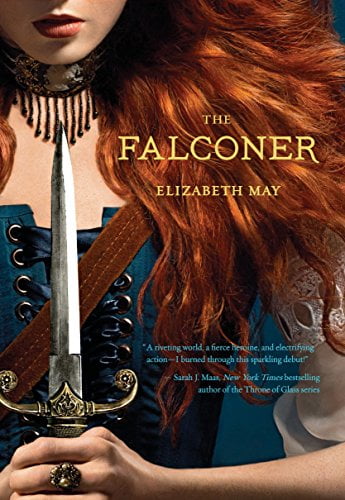
This book is very on trend for supernatural fiction, after all faeries are the new vampires. An issue highlighted in this historical fantasy concept, but that still resonates in our society today. This view clashes harshly with her role as a fighter with no allowances for her species (as not fae) never mind her gender. He own wishes and desires for her life are plainly stated by her father (as the enforcer of the Victoria social standards) as “not important” when compared to what people might think. The duality of Kam’s life emphasises the gendered role of obedient daughter within a rigid society by its contrasts. Kam now trains in secret with Kiaran, a faery who has sworn never to kill a human again, to be ready to get her revenge on the baobhan sith, Sorcha the faery who killed her mother, when she returns. Kam attended a ball as a child with seilgflur platted in her hair by her mother and that is when she saw her first faeries, when they killed her mother. Most people can not see faeries and without being in contact with a certain rare herb seilgflur.

The faeries of this tale are not the friendly kind you might find on a child book shelf, but bloodthirsty ones who feed on the blood of humans. The tale follows Kam through high society balls and chaperones while all the time she is on the lookout for faeries.

The quote at the back of the book says “Jane Austen’s high society and the Grimms’ fairy tales”, and while that is perhaps true, I would go with “Historical Fantasy” or maybe “Victoriana Steampunk with faeries”. The story is set in the 1800s in Scotland, with ornithopters, locomotives, blunderbusses and clockwork devices as well as magic and fairies. The Falconer by Elizabeth May is the first in what appears to be a series of books following the adventures of Lady Aileana Kameron (or Kam) as she lives the double life of daughter of the Marquess of Douglas on one hand and the life of a fairy hunter (or aforementioned Falconer) on the other.


 0 kommentar(er)
0 kommentar(er)
